Wildlife Management
*Text and Photos by Rick SpitzerTis the season to give thanks and be mindful of our changing...

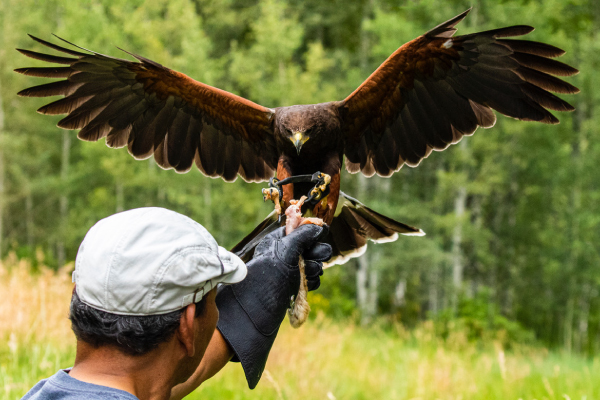
What is a Citizen Scientist? What can the average person possibly contribute to science? Can you become a citizen scientist in Eagle County?
 Citizen scientists monitor raptor nests, like this bald eagle nest, and report the data to eBird and the Colorado Parks and Wildlife.
Citizen scientists monitor raptor nests, like this bald eagle nest, and report the data to eBird and the Colorado Parks and Wildlife.
There are many people who volunteer to assist research in all kinds of scientific projects and processes. They may or may not have any formal training. The thing they all have in common is a love for science and a desire to help discover more about the world around them. They are citizen scientists.
Many people assist Colorado Parks and Wildlife with tracking, counting, and recording the behavior of various species like this greater sage grouse.
Citizen science actually started a number of centuries ago. It involved people with little scientific training, but who had a huge interest in the world around them.
In the 1600s, Antonie van Leeuwenhoek made lenses to judge the weave of fabrics, and along the way discovered microorganisms earning him the title of "Father of Microbiology."
Gregor Mendel filled many of his days as a monk breeding pea plants and gained an understanding about heredity. That earned him the title of "Father of Genetics."
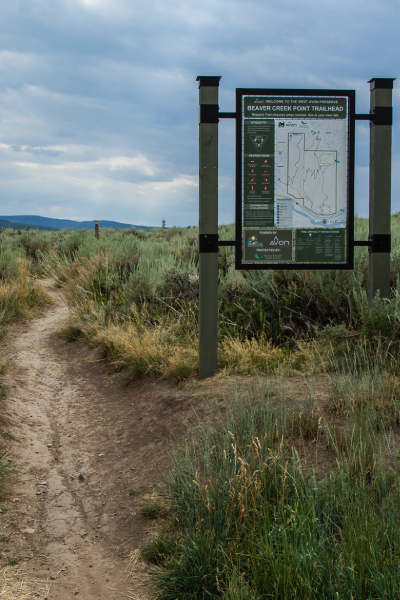
Trail Ambassadors that are posted at trailheads can inform users of regulations as well as pointing out what can be seen along the way.
Carles Darwin was a companion to Captain Robert FitzRoy on the HMS Beagle sailing on trips around the world. He developed theories of evolution that earned him the title of "Father of Evolution." He later became a naturalist, biologist, and geologist.
From the 1950s – 1970s, thousands of citizen scientists had tagged monarch butterflies all over the United States. They were contributing to a tagging project developed by Dr. Fred A. Urquhart. In the mid-1970s the first ever tagged monarch butterfly was spotted in Mexico. It was tagged by a school teacher and two of his teenage students in Minnesota. The data contributed from citizen scientists in the U.S. and Mexico led to Dr. Urquhart determining where the monarchs overwintered in Mexico.
Today citizen scientists are involved in all kinds of activities including conducting scientific experiments, collecting and analyzing data, and making new discoveries. The activity may involve crowdsourcing. As an example, hundreds of thousands of people have signed up their personal, home computers to help fight against the coronavirus outbreak. According to the scientists behind the project, it is now about 10 times as powerful as the world's fastest supercomputer. You can find more information at the Folding At Home website.
Citizen scientists have analyzed Kepler data that helped discover exoplanet systems. They have also become the single greatest comet finders of all time, identifying thousands of comets.
CitizenScience.gov is an official government website designed to accelerate the use of crowdsourcing and citizen science across the U.S. government. The site has a catalog of projects that was developed from the Crowdsourcing and Citizen Science Act of 2016 (15 USC 3724). This allows the federal government and nongovernmental organizations to involve Americans to address societal needs and advance science, technology, and innovation.
What is going on locally that will allow you to volunteer as a "citizen scientist?" Here are just a few of the local projects, and there are many more that are not listed here.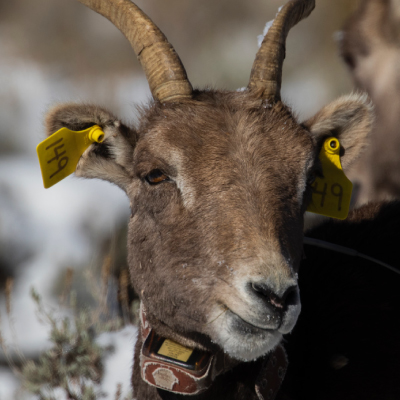
Reporting a bighorn with numbered ear tags can help Colorado Parks and Wildlife with their research efforts.
Walking Mountains Science Center has a program they describe as the "Citizen Science & Stewardship Series." If you’ve ever wondered what research ecologists do out in the field, been interested in citizen science, but felt uncomfortable traveling into the backcountry on your own, wondered how trails are designed & built, or wanted to do a little science while out on your hikes, then this series is for you!
The Pika Project puts a group of fellow citizen scientists into the backcountry for field research to collect data on the signs and the presence of pika at a number of long-term monitoring sites. Data gathered will identify potential impacts of climate change on American pika, a high mountain member of the rabbit family.
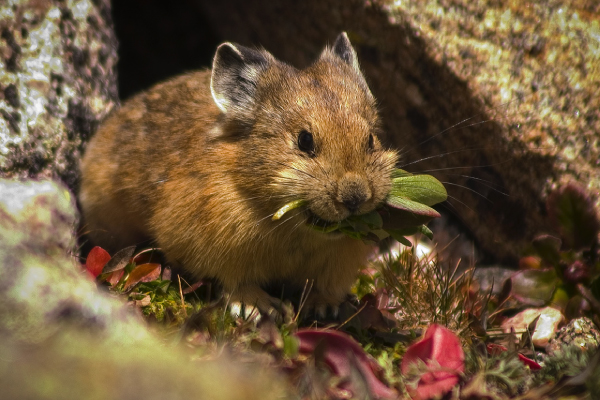
The Pika Project puts citizen scientists into the backcountry to collect data on the signs and the presence of pika at a number of long-term monitoring sites.
The Adopt-a-Trail program helps maintain miles of trails throughout Eagle County. This is your opportunity to help make lasting change. Projects range from trail reroutes and building steps to clearing invasive species and building water bars.
The Colorado Corridors Project uses remote-triggered cameras to collect tens of thousands of photos each year. Citizen scientists assist with setting up and checking cameras in the field as well as identifying and cataloging species captured on the cameras. The wildlife data collected through this project will help assess the need and effectiveness of any wildlife crossing structures that are proposed for Eagle County.
Christmas Bird Count! Started by the Audubon Society, on Christmas Day 1900, the CBC is the longest running citizen science survey in history and is entirely volunteer based. The Christmas Bird Count provides invaluable data for the science and conservation of wild birds. New birders are welcome!

The annual Christmas Bird Count helps to identify species and the numbers that are seen like this brown capped rosy finch.
Project FeederWatch turns your love of feeding birds into scientific discoveries. FeederWatch is a November-April survey of birds that visit backyards, nature centers, community areas, and other locales in North America. You don’t even need a feeder! All you need is an area with plantings, habitat, water or food that attracts birds. https://feederwatch.org/about/project-overview/
Citizen scientists help Colorado Parks and Wildlife manage Colorado's resources by regularly traveling to state parks and state wildlife areas to observe wildlife and habitat, and by keeping detailed records of their findings. The projects monitor birds and other wildlife year-round. Many of these programs require training and consistency in order to produce good data.
There are also a number of Smartphone Apps for citizen scientists:
Earth Challenge 2020 - The Earth Challenge app not only lets you engage in citizen science to record the environment around you, but it also provides you with the tools to help protect it.
GLOBE Observer - Observations you collect and submit with this app are designed to help scientists better understand satellite data collected by NASA from space.
Zooniverse - Help spot galaxies, identify new species, or track the effects of Climate Change.
eBird - Each February people from around the world come together to watch, learn about, count, and celebrate birds in the Christmas Bird Count. There is also a Great Backyard Bird Count.
EDDMapS - The Early Detection and Distribution Mapping System lets ordinary citizens report invasive species around the globe.
iNaturalist - This App contains over two million sightings of 85,000 species, contributed by a global community of naturalists, scientists and citizen scientists.

Individuals that work with various organizations can educate the public about wildlife like this Harris hawk and other wildlife species.
Get involved, challenge your interests, meet folks with similar interests. Do an Internet search for other projects you may be interested in by entering your interests and your location. Include terms like volunteer and citizen science to find a citizen scientist project that meets your ability and interest. You can have a lot of fun and contribute to helping science and the wildlife in Eagle County. You too can volunteer to be a citizen scientist.
The Eagle County Community Wildlife Roundtable is a collaborative partnership with the White River National Forest, Colorado Parks and Wildlife, Bureau of Land Management, local government entities, community members, and citizen scientists. The purpose of the Eagle County Community Wildlife Roundtable is to gather a group of diverse stakeholders in the valley to understand and address issues facing wildlife populations. Together we will identify a shared vision and realistic actions that the community can rally around to support wildlife. We want to leverage diverse values, creativity, and resources to move toward positive action.
Text and Photos by Rick Spitzer
For the Eagle County Wildlife Roundtable
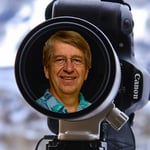
Rick Spitzer is the author of the article and official photographer for Eagle County Community Wildlife Roundtable.
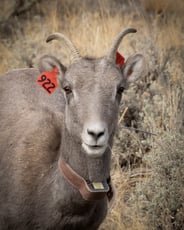

*Text and Photos by Rick SpitzerTis the season to give thanks and be mindful of our changing...
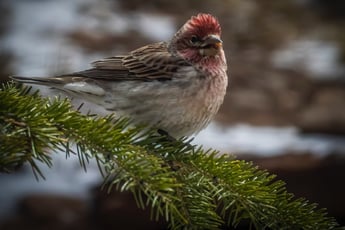

If you set out bird feeders, you are not alone. The US Fish and Wildlife Service estimates that...